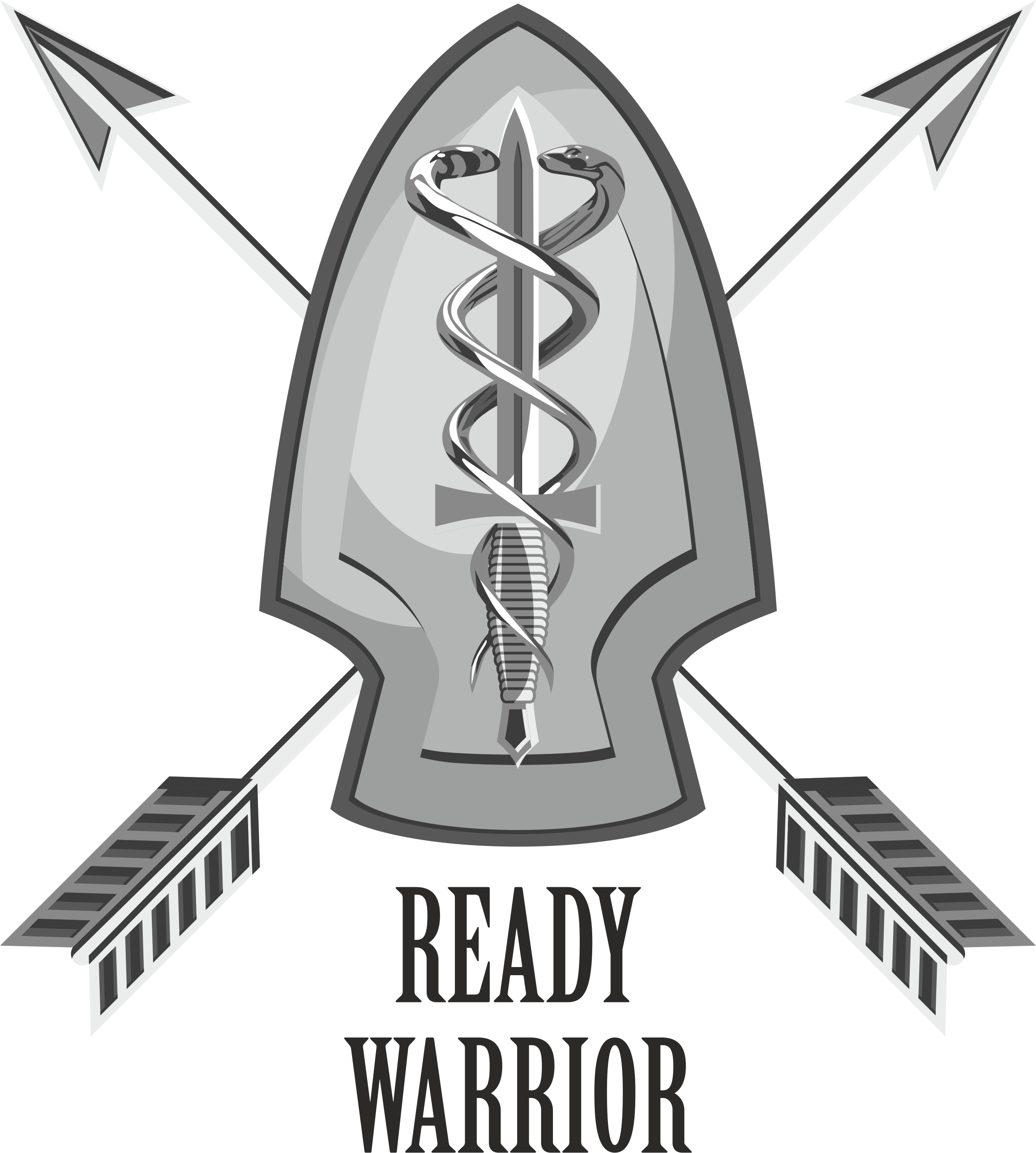Tactical Field Care (TFC) comes after the Care Under Fire (CUF) portion of TCCC.
To sum up Care Under Fire, it’s essentially “Return fire and take cover, tell casualty to apply self-aid if possible, get yourself and casualty off the x and apply tourniquets”.
Tactical Field Care is really where the meat and potatoes come into play. It would be virtually impossible to describe every possible step in TFC, as even in the official ATP handbook of TCCC is stretches over 11 pages. However, we’ll do our best to highlight the essentials here (MARCH).
1) Tactical Considerations
- Security Perimeter needs to be established. Casualties with altered mental status need their weapons taken away from them.
- If injuries have already been identified as needing Medevac/Casevac, have teammate request it as soon as tactically feasible to start the process.
2) Massive Hemorrhage
- Assess for all unrecognized or uncontrolled external hemorrhage.
- Tourniquet limbs.
- Pack the box (bleeding from axilla, groin, neck or torso (front and back).
3) Airway Management
Unconscious casualty w/o airway obstruction
- Chin lift or jaw thrust
- NPA
- Place casualty in recovery position
Unconscious casualty with airway obstruction
- Chin lift or jaw thrust
- NPA
- Attempt to allow casualty to assume position that best protects their airway to include sitting up.
- Place unconscious patient in recovery position, but protect spine in blunt and blast trauma patients!
- If the previous measures are unsuccessful, perform surgical cricothyroidotomy
4) Respirations/Breathing
- All open or sucking chest wounds should be covered immediately by vented (preferable) or not vented chest seals.
- Casualties with progressive respiratory distress and known or suspected torso trauma should be considered for immediately needle decompression using a 10g or 14g needle on the side of the injury.
- Primary placement is 2nd intercostal space midclavicular line.
- Alternative placement is 4th or 5th intercostal space anterior axillary line.
- Don’t hesitate to decompress both sides if you suspect penetrating injury or are unsure of injured side (especially in blunt force trauma)
- Decompress again if signs/symptoms begin to worsen. No limit to decompressions if doing so betters patient’s condition each time.
- Consider Chest Tube if 2 attempts at decompression do not work (if time allows).
5) Circulation/Bleeding
- Address any less-significant bleeds
- A Pelvic Binder should be applied for suspected pelvic fracture:
Indications for Pelvic Binder
- a) Blast injury with lower extremity amputation
- b) High energy blunt trauma with
- c) SBP <100mmHg or HR>100bmp
- d) Pelvic Pain
- e) Glasgow Coma Scale (GCS) score of 13 or distracting injury
- Reassess tourniquet placement and wound. Expose wounds as appropriate and attempt conversion if appropriate.
- If tourniquet is assessed as not needed, remove tourniquet and replace with pressure dressing. Ensure time is written on casualty card when TQ is removed.
- Replace any tourniquet over the uniform with one applied directly on the skin, ensuring it is at least 2-3” above the wound site.
- Start IV. Minimum 18g. IO if indicated or unable to obtain peripheral IV access.
TXA (Tranexamic Acid)
- If a casualty is anticipated to need significant blood transfusion or has evidence of severe bleeding:
- Administer 1g of TXA in 100ml Normal Saline or Lactated Ringers over 10min asap but not more than 3hours after injury.
- Begin second infusion of 1g of TXA in same manner after Hextend or other fluid treatment.
CAUTION: DO NOT Administer TXA via IV push as this may result in hypotension
CAUTION: DO NOT Administer TXA via same IV line as blood products or Hextend
- Follow Fluid Resuscitation Protocol.
6) Hypothermia/Head Injury
- Minimize casualty’s exposure to the environment (keep protective gear on when applicable)
- Replace wet clothing with dry when possible
- Apply Hypothermia Management Prevention Kit (HPMK) to the casualty’s torso NOT DIRECTLY ON THE SKIN and cover with heat reflective shell.
- If none of the above are available, use a blanket or other common-sense method.
- For patients with TBI, vitals should be monitored at all times.
- Pulse Oximetry vital
- Key aspects of managing TBI’s is prevention of hypoxia and hypotension.
- Ensure early management of definitive airway, aggressively treat respiratory compromise, administer 02 if available, and fluid resuscitate hypotension.
While there are many facets to each of these steps, if you make sure to at least remember the above, you are giving your patient a solid chance of reaching the next phase of care, the Tactical Evacuation Care (TACEVAC).


